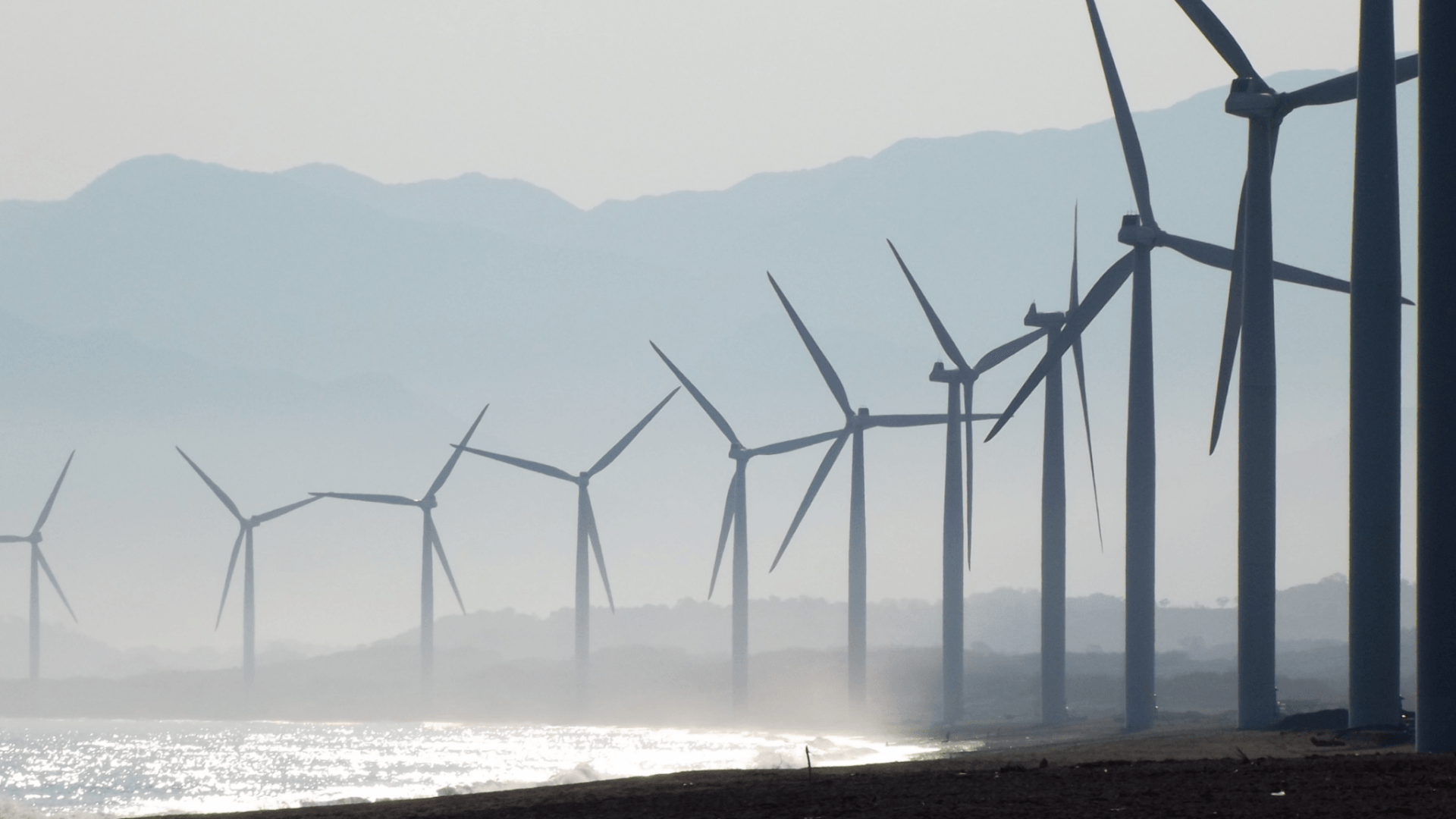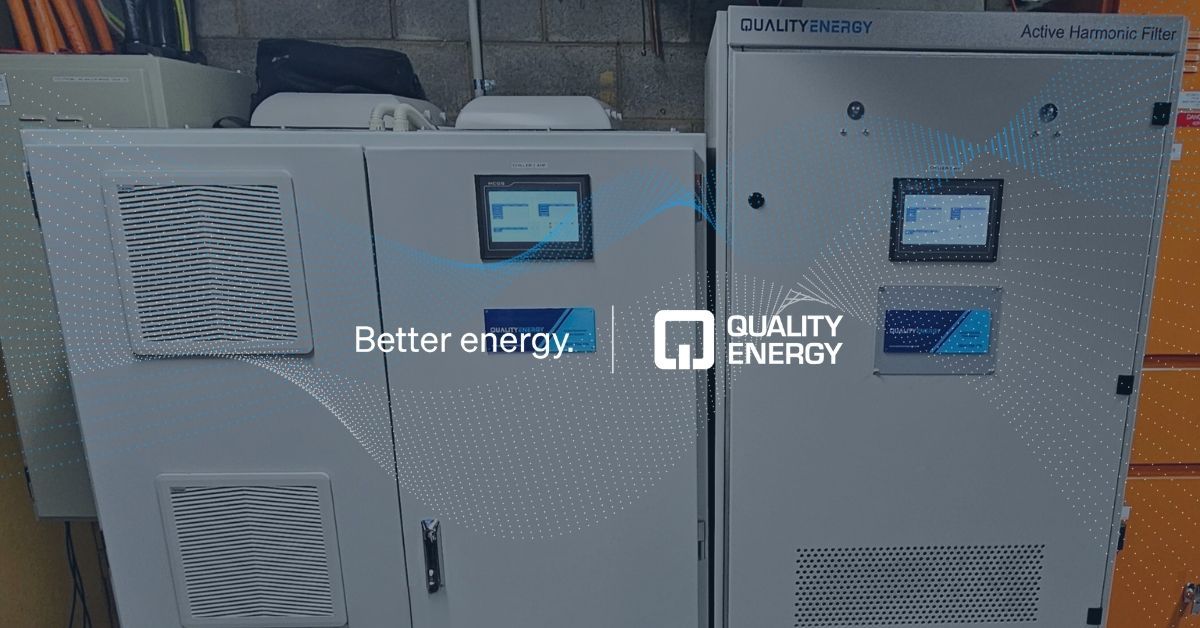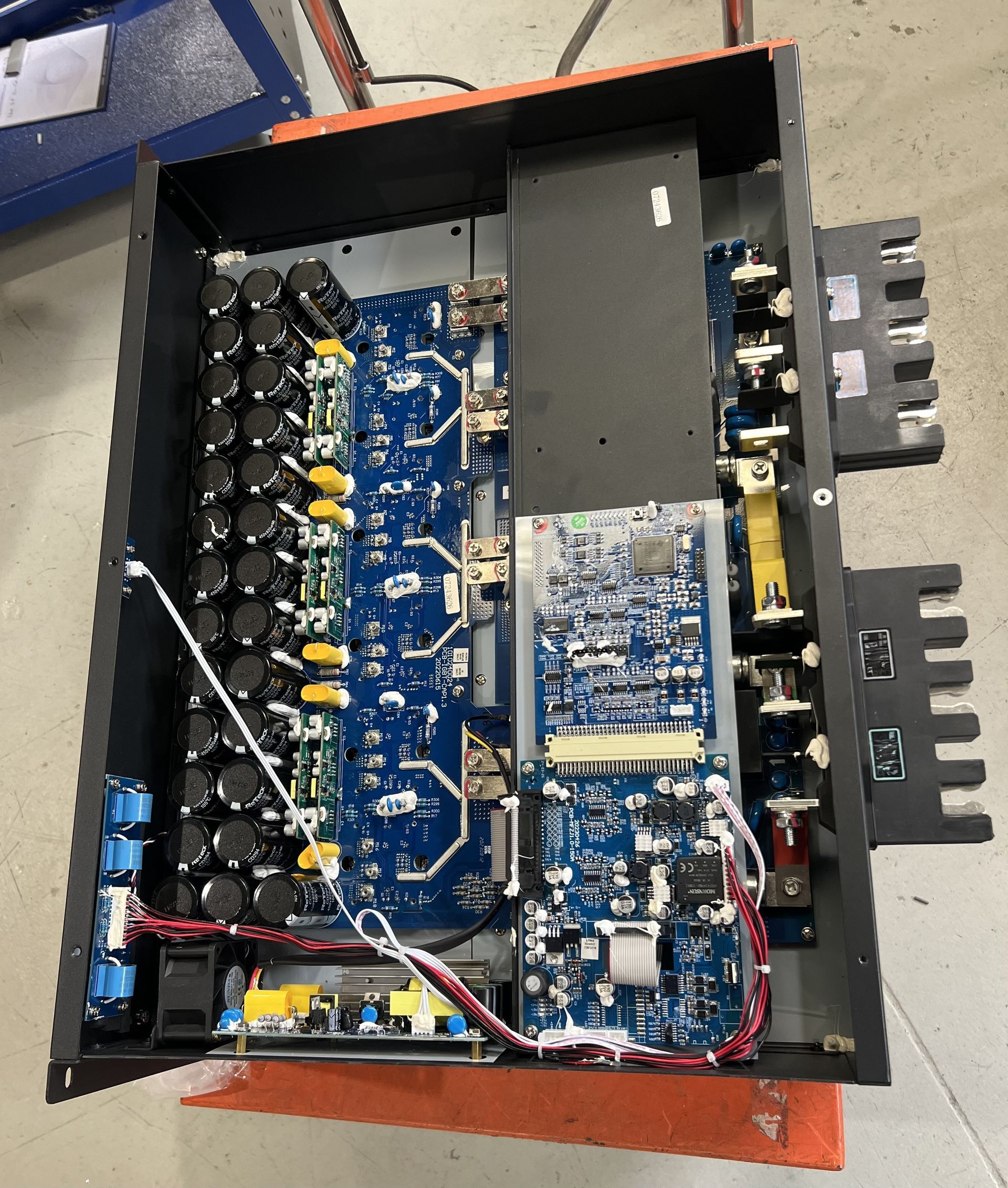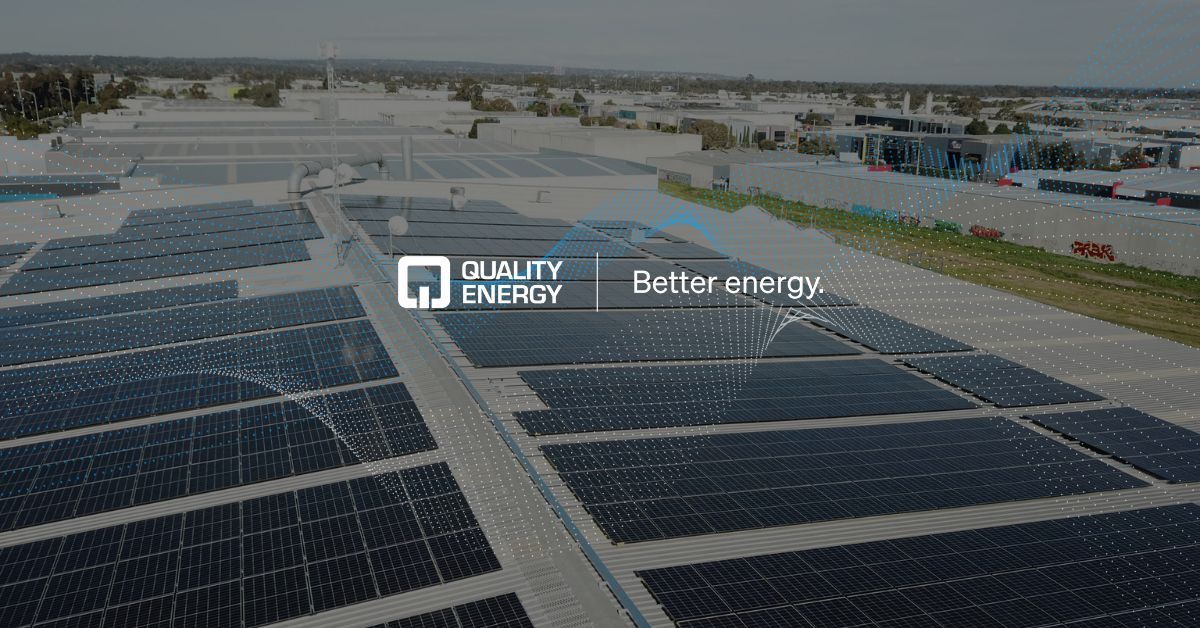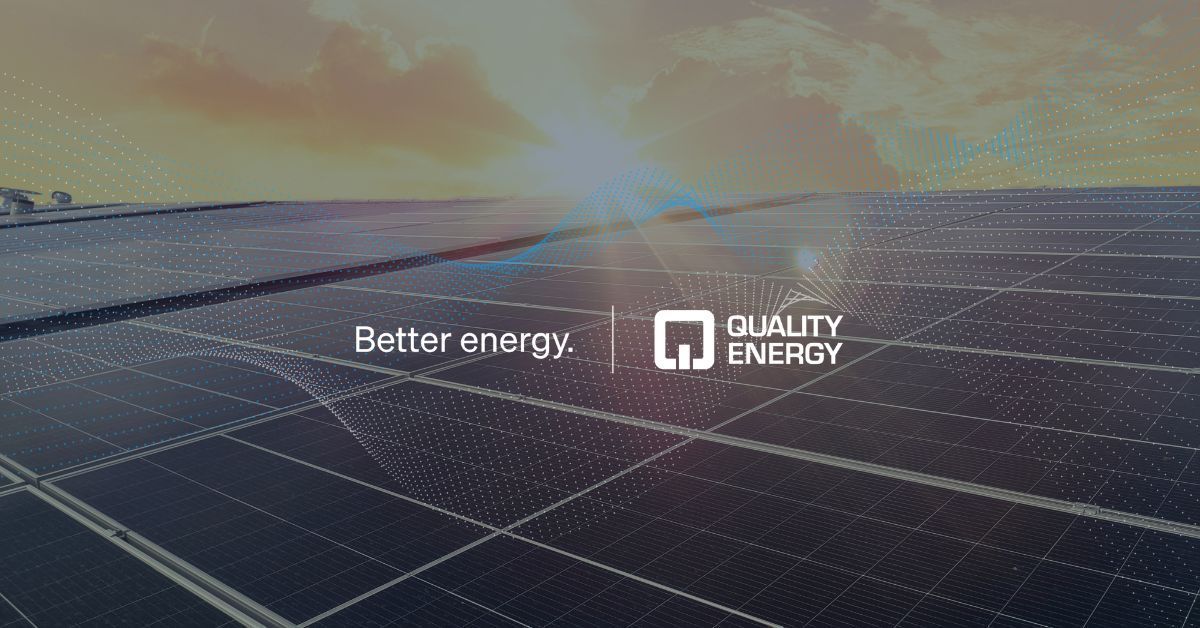Power Purchase Agreements in Australia: A Guide for Business Owners Looking to Go Solar
On This Page:
- Introduction
- What is a Power Purchase Agreement?
- Why PPAs are Popular in Australia
- The Solar Advantage for SMEs
- Consumer Protections You Can Rely On
- How Long Until You’re Connected?
- Six Types of Power Purchase Agreements to Consider
- How Pricing Works
- The Benefits You’ll Notice Straight Away
- Risks to be Aware of
- Australian Businesses Who’ve Saved With Quality Energy and a Power Purchase Agreement
- How PPAs Compare to Other Solar Financing Options
- PPAs vs Direct Ownership
- PPA vs Solar Loan (Commercial Finance)
- PPA vs Operating Lease or Lease to Own
- The future for PPAs
- Thinking about a Power Purchase Agreement for your business?
Australia’s Power Purchase Agreement (PPA) market has been booming in 2024 to 2025. Nearly 8 TWh of renewable energy contracts have been signed – almost double the previous record.
If you run a small to medium-sized business and want to cut your power bills while reducing your environmental footprint, a PPA could be your perfect entry point. It’s a way to get solar panels installed on your premises without paying the big upfront costs. Instead, you simply pay for the clean energy you use, often at a much lower rate than you’re paying your current electricity retailer.
At Quality Energy, we supply and install high-quality solar systems, and PPAs are one of the easiest ways our customers get started.
They’ve gone from a niche financing option to a mainstream business tool, with over $9 billion committed to new clean energy generation in the past year alone. Many of our clients see savings of 25 to 50% on electricity costs from day one.
In this guide, we’ll explain what PPAs are, how they work, and why more Australian businesses are using them to lock in cheaper, greener energy for the long term.
What is a Power Purchase Agreement?
A Power Purchase Agreement is a simple way for a business to get solar panels installed without paying for the system upfront. Instead of buying the equipment, you agree to buy the electricity it produces at a set rate – usually much cheaper than grid power. The financier owns, installs, and maintains the system, and you enjoy lower, cleaner energy costs from day one.
Why PPAs are Popular in Australia
The Australian corporate PPA market has grown rapidly, reaching 26.6 TWh of contracted capacity across more than 172 publicly confirmed deals since 2017. While big corporations have been leading the way, smaller businesses are increasingly able to access the same wholesale-style pricing through retailer-intermediated PPAs or buyer groups.
For you, that means you don’t need to be Rio Tinto to get a great deal. Through our network, we help SMEs tap into these same savings and secure energy prices for years ahead, giving you confidence against market spikes.
The Solar Advantage for SMEs
Wind farms currently account for 53% of contracted volume and solar 39%, but solar-plus-battery solutions are on the rise. This is great news for smaller businesses, as these systems deliver reliable, “firmed” energy that can also help cover peak demand periods.
Retail PPAs are the most common for SMEs, covering businesses that use 5 to 60 GWh annually. They’re simple, flexible, and we take care of everything - from installation to compliance. Even if your usage is smaller, joining a buyer group can help you meet the volume threshold for better rates.
Consumer Protections You Can Rely On
A lot of business owners worry about being “locked in” or facing hidden costs. That’s where Australia’s regulatory framework has you covered.
All solar PPA providers must meet Australian Energy Regulator and ACCC requirements. Clear disclosure of terms, transparent pricing, and access to dispute resolution are necessities in every PPA offered.
In Victoria, NSW, and Queensland, there are additional state-level protections that give you even more peace of mind. At
Quality Energy, we work with leading PPA providers and make sure every detail is clearly explained – no fine-print surprises!
How Long Until You’re Connected?
For most solar PPAs over 30 kW, network approval is required from your local Distributed Network Service Provider (DNSP). The national process can take 8 to 12 months for larger commercial systems, but Quality Energy handles the entire application and liaisons during this time.
System complexity and DNSP workloads take up much of the time, with manual assessments necessary for systems exceeding automatic approval limits.
The Clean Energy Council maintains
a list of approved inverters for use under the SRES. With these new reforms, we may see connection times decreasing into the future.
Six Types of Power Purchase Agreements to Consider
- Onsite PPAs: The solar system is installed at your premises by the PPA provider, who owns and operates the system. Your business pays only for the electricity produced, typically at a rate lower than standard grid prices. This arrangement is most common for small and medium businesses. At the end of the term, you can extend the contract, buy the system at a fair market rate, or have it removed.
- Offsite PPAs (Sleeved or Retail Sleeved): Your business enters into a contract with a renewable energy provider elsewhere, and electricity is delivered via the grid, often “sleeved” through a retailer. The contract enables fixed pricing and renewable supply, more common for larger commercial users.
- Wholesale PPAs: Large energy consumers contract directly with a generator, taking on price hedging and market risks. These are suitable for entities like industrial facilities, mines, and universities.
- Virtual PPAs: A financial agreement that lets you hedge your energy price without the physical delivery of electricity. This can also be known as synthetic PPA, Financial PPA, or Contract for Difference. No actual flow of energy to the premises occurs. Instead, the business contracts to buy the output from a renewable facility and settles on the financial value of the electricity based on an agreed price. These are typically used by large corporate electricity buyers to offset grid energy use and manage price risk.
- Retail PPAs: The contract is managed through an electricity retailer, who then secures renewable energy from a generator to supply the customer. This arrangement is generally for medium-to-large energy consumers needing simplicity and fixed rates.
- Group or Aggregated PPAs: Multiple smaller buyers form a group to sign a PPA collectively, allowing small and medium enterprises to access favorable pricing and renewable supply arrangements.
In most SME cases, an onsite PPA is the simplest and most cost-effective option for
financing renewable energy.
How Pricing Works
Most PPAs have fixed or gently escalating rates ranging between 2.5 to 5% a year, meaning you know exactly what you’ll pay for the life of the contract. That’s a huge advantage when wholesale electricity prices spike.
You can choose to pay for all the power your system generates, or just what you use – which is handy if your energy needs fluctuate. Either way, there’s no big lump sum at the start.
The Benefits You’ll Notice Straight Away
- Lower power bills from day one, often by 25 to 50%.
- No capital outlay. The financier covers the cost of the system, you just pay for the energy.
- Full service included - installation, monitoring, maintenance, and repairs are covered.
- Better for the planet. Every MWh you use cuts your carbon footprint and supports Australia’s renewable energy goals.
Risks to be Aware of
Like any contract, a PPA has terms you’ll need to be comfortable with; mainly the length of the agreement and the price lock-in. If wholesale prices drop significantly, you might be paying a bit more than market rates, but you’re also protected from sudden spikes.
We always design PPAs so they make sense for your business in both the short and long term.
Australian Businesses Who’ve Saved With Quality Energy and a Power Purchase Agreement
Businesses across Australia are already seeing the benefits of this model with Quality Energy.
For example, Australian Textile Mills reduced their operating costs with a large-scale solar installation funded entirely through a PPA, while Port Campbell Hotel in Victoria has been able to cut energy expenses without tying up capital that can now be reinvested back into their business.
Similarly, the Home Inn Group in New South Wales partnered with Quality Energy to access clean, reliable solar power at zero upfront cost, strengthening both their bottom line and their sustainability credentials.
You can also
read our case studies to see how we’ve helped businesses just like yours.
How PPAs Compare to Other Solar Financing Options
If you have the capital and long-term premises certainty, buying your own solar system often delivers the biggest total savings. But for many SMEs, the zero-upfront-cost structure of a PPA is more attractive, especially when cash flow is tight or you don’t want the responsibility of owning and maintaining the system.
PPAs vs Direct Ownership
With direct ownership, you buy the system upfront and own it from day one. You also take full responsibility for maintenance and performance.
Pros:
- Highest long-term savings, no ongoing payment to a third party.
- You receive all available incentives (e.g. STCs, LGCs, state rebates).
- Asset depreciation and instant asset write-off (for eligible businesses).
- Energy savings flow directly to your bottom line.
- No contract restrictions - full operational flexibility.
Cons:
- High upfront cost (e.g. $30k–$75k for 30 to 50 kW solar systems; $100k+ for larger systems).
- You carry performance risk - if the system underperforms, it’s your problem.
- May require internal approval for large capital expenditure.
Direct ownership is best suited for businesses with strong cash reserves, long-term premises security, and a goal to maximise total lifetime return.
PPA vs Solar Loan (Commercial Finance)
You borrow funds (secured or unsecured) to buy the system. You own it from day one, make regular loan repayments, and take the incentives.
Pros:
- You still get all rebates and depreciation benefits.
- No large lump sum upfront, and repayments can often be matched to energy savings.
- Ownership at the end of the term with no further payments.
Cons:
- Interest rates (6 to 12% typical in 2025) add to total cost.
- You carry performance risk and maintenance responsibilities.
- May require director’s or personal guarantee.
This model is best suited for bBusinesses that want ownership benefits but prefer to spread costs over time.
PPA vs Operating Lease or Lease to Own
Similar to equipment leasing, you make fixed monthly payments for the use of the solar system. In lease-to-own, ownership transfers at the end of the term; in an operating lease, it does not.
Pros:
- Predictable fixed payments, often off-balance-sheet.
- Lease-to-own allows eventual ownership without large upfront costs.
- Operating lease can be structured to avoid asset/debt on your balance sheet.
Cons:
- If you don’t own the asset, you don’t get depreciation benefits.
- Rebates often go to the lessor, not you.
- It may be more expensive overall than a loan.
Organisations with accounting and tax reasons to keep assets off-balance-sheet, or those who want a clear path to ownership without an initial capital outlay often choose operating leases or lease to own arrangements. Please seek your own financial advice before deciding on which option is best for your business.
The future for PPAs
Australia’s clean energy targets and major investment in battery storage mean PPAs are here to stay. Over the next few years, expect more flexible contract terms, faster connection times, and better bundled solar-plus-storage offerings.
With the Federal Cheaper Home Batteries Program launched in 2025, SMEs can also take advantage of upfront savings on battery storage up to 50kWh. Our battery rebates blog post covers this further.
If you want to secure lower energy costs and demonstrate your commitment to sustainability, now is the perfect time to explore your options.
Thinking about a Power Purchase Agreement for your business?
We’d be happy to assess your site, estimate your savings, and walk you through the process. Contact the team at Quality Energy today to see if a PPA is the right fit for you.
Related news
